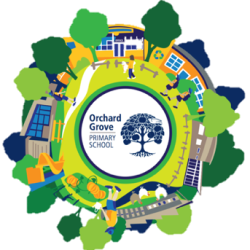In line with the Victorian Curriculum, Orchard Grove Primary School has a strong focus on the use of the proficiency strands of fluency, understanding, problem-solving and reasoning to scaffold students’ understanding in mathematics.
Students are exposed to concepts from the three strands of Mathematics:
– Number and Algebra
– Measurement and Geometry
– Statistics and Probability
At Orchard Grove Primary School, we understand that each student’s understanding develops at different rates and in different ways. We value the individual learning styles of each student and strive to target instruction and classroom experiences to cater for each student’s point of need. As such, teachers at Orchard Grove Primary School use a range of assessment tools to identify next steps for learning for each of our students and adjust our lessons and instruction to ensure every student is appropriately challenged and can succeed regardless of their learning level.
Foundation Level sets the stage for students’ number sense. Learning experiences provide the essential foundations that underpin students’ mathematical understanding. Students begin to link verbal language with concrete materials and written numbers.
In Years 1 and 2, students continue to build their numerical knowledge by exploring fundamental mathematical ideas and solidifying their understanding of number operations. Teaching experiences build on foundational skills to allow students to explore a range of concepts, with an emphasis on the use of games and concrete materials to effectively visualise and communicate ideas.
In Years 3 and 4, students apply their mathematical understanding in a range of new contexts. Students develop efficient mental strategies for computation and apply their mathematical knowledge to rich application tasks. Students continue using a range of materials to communicate their understandings as well as beginning to represent equations using formal algorithms.
In Years 5 and 6, students apply their mathematical knowledge in familiar and unfamiliar situations to solve problems efficiently. They apply multiple concepts across a range of tasks that showcase their individual understandings and begin to select from their range of mathematical strategies to create and solve problems.
